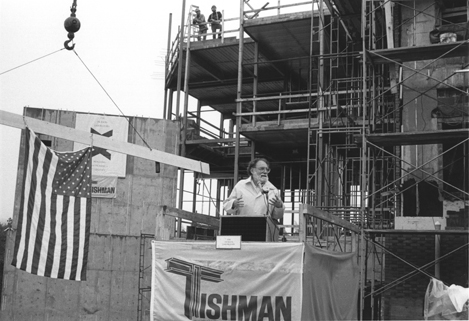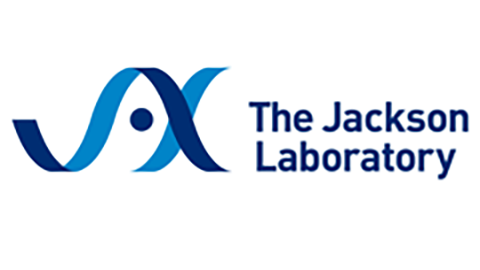
Faculty Research 1990 - 1999
A new monoclonal antibody detects a developmentally regulated mouse ecto-ADP-ribosyltransferase on T cells: subset distribution, inbred strain variation, and modulation upon T cell activation.
Document Type
Article
Publication Date
1999
Keywords
Antibodies-Monoclonal, Antibody-Specificity, Antigens-Differentiation-T-Lymphocyte, Down-Regulation-(Physiology), Histocompatibility-Antigens, Lymphocyte-Transformation, Membrane-Proteins, Mice, Mice-Inbred-Strains, NAD+-ADP-Ribosyltransferase, Peptides, Phospholipase-C, Rats, Recombinant-Proteins, SUPPORT-NON-U-S-GOVT, SUPPORT-U-S-GOVT-P-H-S, T-Lymphocyte-Subsets, Thymus-Gland
First Page
6014
Last Page
6022
JAX Source
J Immunol 1999 Dec; 163(11):6014-22.
Grant
27722, 36175, CA34196/CA/NCI
Abstract
ADP-ribosylation of membrane proteins on mouse T cells by ecto-ADP-ribosyltransferase(s) (ARTs) can down-regulate proliferation and function. The lack of mAbs against mouse ARTs has heretofore prevented analysis of ART expression on T cell subsets. Using gene gun technology, we immunized a Wistar rat with an Art2b expression vector and produced a novel mAb, Nika102, specific for ART2.2, the Art2b gene product. We show that ART2.2 is expressed as a GPI-anchored protein on the surface of mature T cells. Inbred strain-dependent differences in ART2.2 expression levels were observed. C57BL/6J and C57BLKS/J express the Ag at high level, with up to 70% of CD4+ and up to 95% of CD8+ peripheral T cells expressing ART2.2. CBA/J and DBA/2J represent strains with lowest expression levels. T cell-deficient mice and NZW/LacJ mice with a defective structural gene for this enzyme were ART2.2 negative. In the thymus, ART2.2 expression is restricted to subpopulations of mature cells. During postnatal ontogeny, increasing percentages of T cells express ART2.2, reaching a peak at 6-8 wk of age. Interestingly, ART2.2 and CD25 are reciprocally expressed: activation-induced up-regulation of CD25 is accompanied by loss of ART2.2 from the cell surface. Nika102 thus defines a new differentiation/activation marker of thymic and postthymic T cells in the mouse and should be useful for further elucidating the function of the ART2.2 cell surface enzyme.
Recommended Citation
Koch NF,
Duffy T,
Nissen M,
Kahl S,
Killeen N,
Ablamunits V,
Haag F,
Leiter EH.
A new monoclonal antibody detects a developmentally regulated mouse ecto-ADP-ribosyltransferase on T cells: subset distribution, inbred strain variation, and modulation upon T cell activation. J Immunol 1999 Dec; 163(11):6014-22.

